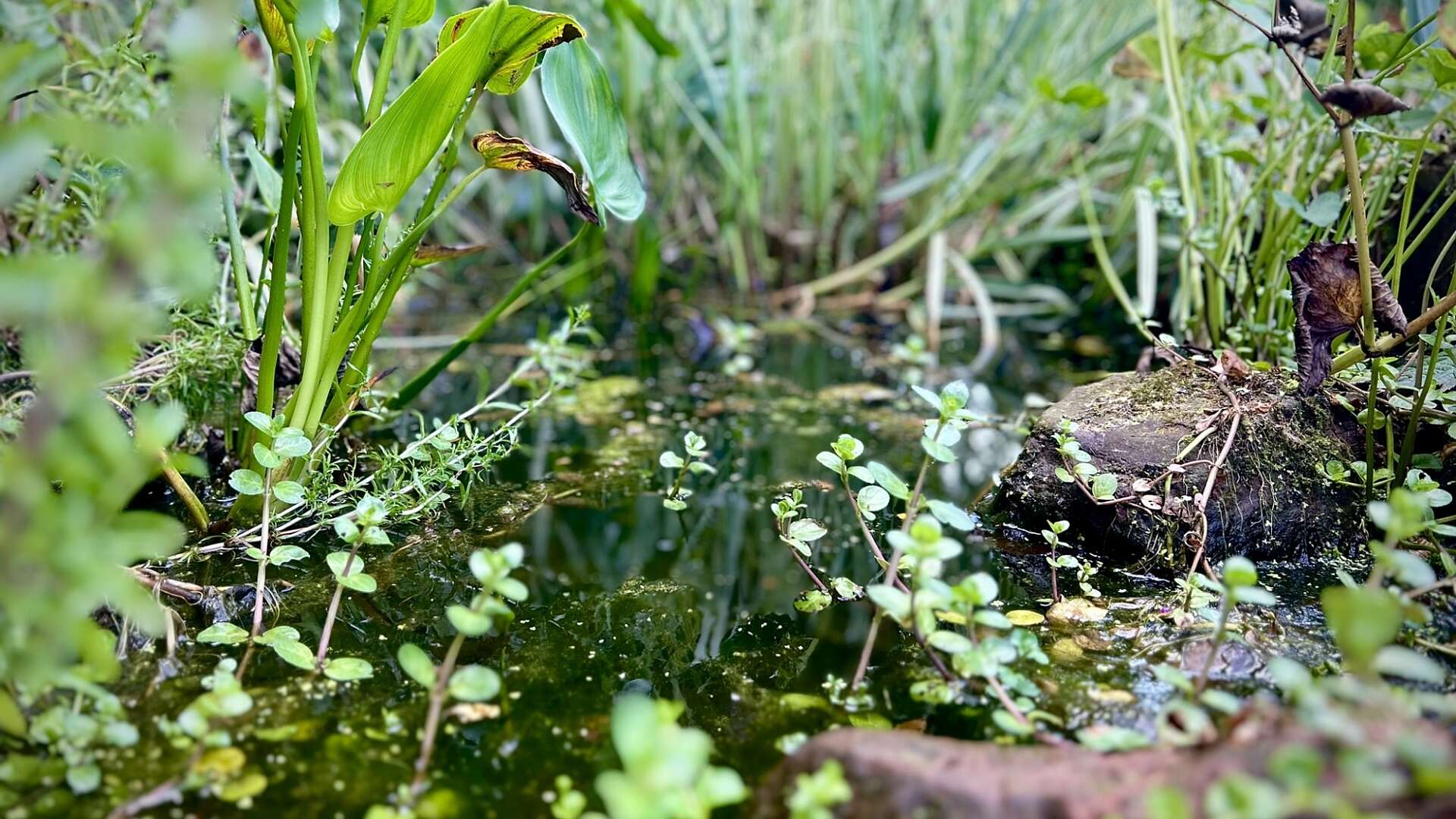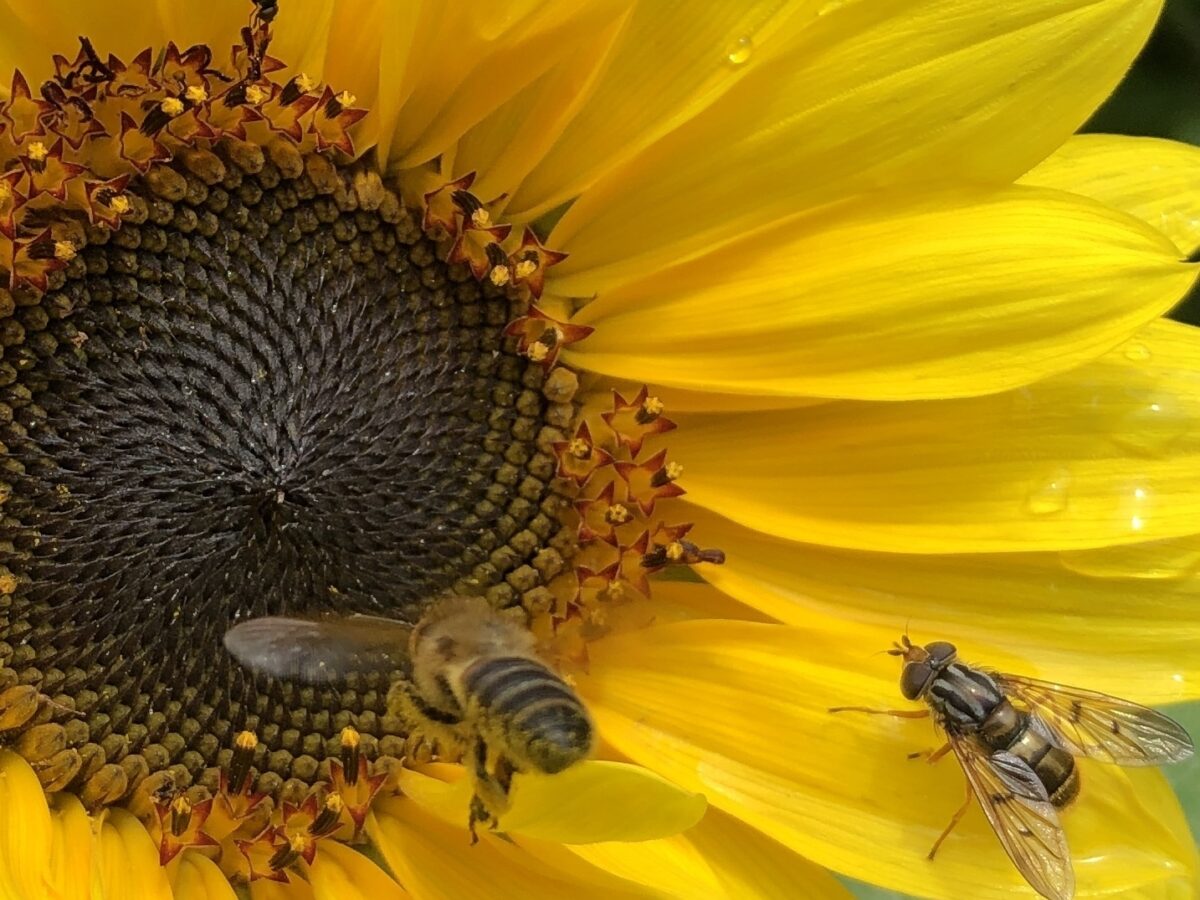How to build a pond

There are two things I recommend to organic gardeners try to include in their spaces: one is hedging, and the other is a pond. Both are great havens for wildlife and beneficials, but ponds have a key role to play in the survival of countless species such as amphibians, birds, mammals and invertebrates.
A pond can be one of the most exciting additions to your garden - bringing life, light and sound. And they’re a great way to reconnect with nature.
At the start of the food chain, pond materials make brilliant habitats and shelter for insects, and damselflies and dragonflies lay their eggs in ponds and use them as a source of food. They provide an essential breeding ground for toads, frogs and newts, and mammals and birds also use garden water sources for food, drink and bathing. Bats hunt insects that are attracted to the water at night.
When and where to build a pond
Pond building can be done from autumn through to spring, but I personally prefer to create a new pond in spring when the milder weather is arriving. The days are longer, and the ground is easier to work, and we have a tremendous amount of rainfall in the UK in spring, meaning the pond will fill much quicker! Most importantly, the pond will have time to settle in before breeding season begins and plants will have a much better chance of putting on decent root growth.
It’s important to choose the right site. Too much sun and algae will become a problem, too much shade and the temperature will remain low. A pond is ideally situated in an area where it gets the sun for at least part of the day but still has some shade. This balance will promote healthy plant growth, a naturally thriving ecosystem and the right temperatures.
Making a new pond
Step one: Use a hosepipe or some rope to mark out the shape of the pond, peg it down and then dig out the area. You are aiming for a minimum depth of 75cm with most plant life requiring about 38-40cm. If it’s too shallow the pond can overheat causing algae, which in turn can deoxygenate the water. It will also freeze more readily. Remember this depth doesn’t have to be the whole of the pond just some of it, and it’s good to have a variety of shallow and deep areas.
Step two: Add some pond underfelt (I also put down sand first to smooth the area). This helps prevent your lining becoming damaged.
Step three: Add the pond liner. Remember to create enough overlap of pond liner to ensure the pond is watertight. At Garden Organic we buried ours in a surrounding trench and then put stones on top.
Step four: Create shelves for marginals with soil or stones. Create a gentle slope, or add a ramp, to enable wildlife visitors to get in and out.
Step five: It’s preferable to fill with rainwater and leave to settle for three to four days, before adding some plants. These should include deep water plants, oxygenators and marginals.
Then…wait and watch your pond come to life. I promise it won’t take long!
For more detailed advice on ponds and a list of planting ideas click here

Boost biodiversity in your garden
Our wildlife gardening advice provides you with the tools you need to build a garden with wildlife in mind.